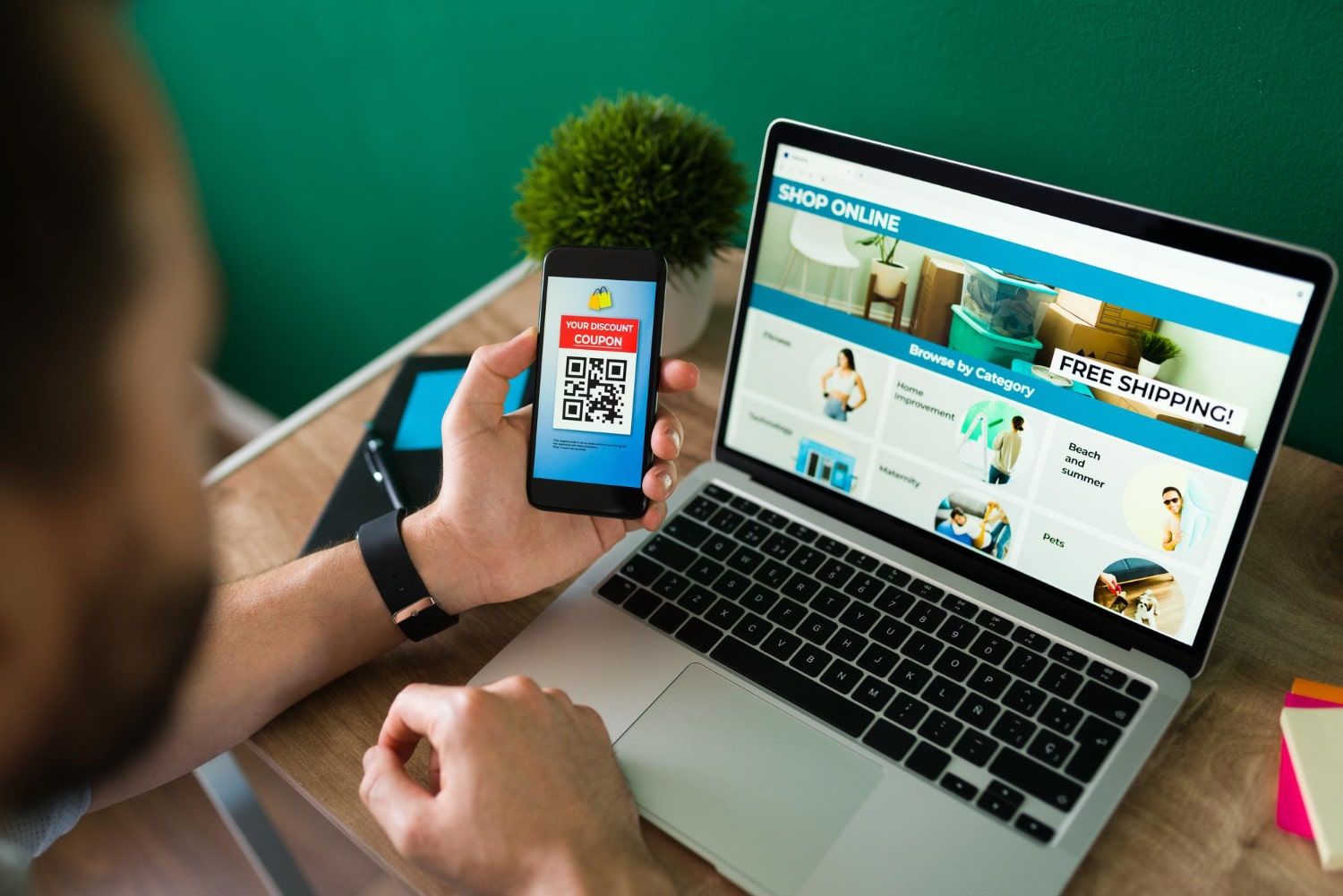Website Accessibility: Making Your Site Inclusive for All Users
An accessible website isn’t just a legal requirement; it’s an essential practice that ensures inclusivity for all users. This blog explores key principles, best practices, and tools to make your website accessible to everyone, regardless of their abilities.
In today’s digital world, your website serves as a gateway to your business. Ensuring that it is accessible to all users, including those with disabilities, is not just a matter of compliance—it’s an opportunity to create a welcoming and inclusive online experience. In this guide, we’ll discuss why website accessibility matters, the key principles to follow, and actionable steps to make your website inclusive for everyone.
Why Website Accessibility Matters
Website accessibility ensures that people with disabilities can perceive, navigate, interact with, and contribute to the web. Here's why it’s crucial:
- Inclusivity: Accessibility allows everyone, including individuals with visual, auditory, cognitive, or motor impairments, to engage with your content.
- Legal Compliance: Many countries have laws, such as the Americans with Disabilities Act (ADA) and Web Content Accessibility Guidelines (WCAG), mandating accessibility.
- Broader Audience Reach: An accessible website caters to a wider audience, improving user experience and customer satisfaction.
- SEO Benefits: Accessible websites often perform better in search rankings, as they are easier for search engines to crawl and index.
Key Principles of Website Accessibility
To create an accessible website, follow these foundational principles outlined in WCAG:
- Perceivable: Ensure content is presented in ways that users can perceive, such as text alternatives for images.
- Operable: Design interactive elements, like buttons and menus, that are easy to navigate using a keyboard or assistive technology.
- Understandable: Use clear language and predictable navigation to make your site intuitive.
- Robust: Ensure compatibility with a variety of assistive technologies and devices.
Steps to Make Your Website Inclusive
1. Use Alt Text for Images
Alt text describes images for screen readers, allowing visually impaired users to understand the context.
- Write concise, descriptive alt text for all images.
- Avoid using “image of” or “picture of” in the description.
2. Ensure Keyboard Accessibility
Many users rely on keyboards to navigate websites.
- Test your site to ensure that all functions can be accessed using a keyboard.
- Focus on elements like menus, forms, and interactive content.
3. Provide Transcripts and Captions for Multimedia
Videos and audio content should include captions and transcripts to accommodate users with hearing impairments.
- Use tools like YouTube’s captioning feature or professional transcription services.
4. Design for Color Contrast
Ensure sufficient contrast between text and background colors for readability.
- Use online tools like WebAIM’s Contrast Checker to test your site.
- Avoid relying solely on color to convey information (e.g., error messages).
5. Simplify Navigation
Make it easy for users to find what they need.
- Implement a clear and logical menu structure.
- Include a “skip to content” link for screen reader users.
6. Test with Accessibility Tools
Regularly test your site using tools like:
- WAVE Accessibility Tool for identifying accessibility issues.
- AXE Browser Extension for in-depth analysis.
- NVDA or JAWS to simulate screen reader experiences.
Common Accessibility Mistakes to Avoid
- Missing Alt Text: Not providing text alternatives for images.
- Unlabeled Forms: Omitting labels for form fields, making them unusable for screen readers.
- Non-Responsive Design: Creating websites that are not mobile-friendly.
- Relying on Visuals Alone: Failing to include text-based alternatives for critical information.
Benefits of an Accessible Website
- Enhanced User Experience: Accessibility improvements benefit all users, not just those with disabilities.
- Increased Engagement: Inclusive design encourages more visitors to interact with your site.
- Improved Brand Reputation: Demonstrating commitment to inclusivity builds trust and loyalty.
Conclusion
Website accessibility is not just a checkbox; it’s a commitment to inclusivity, fairness, and exceptional user experiences. By following best practices and leveraging the right tools, you can ensure your website is welcoming and functional for everyone.
At Elevenx Technologies, we specialize in creating accessible websites that align with your goals and values. Let us help you build an inclusive digital presence that leaves no user behind.
Let’s create a better web together!



